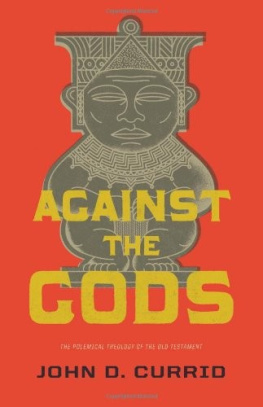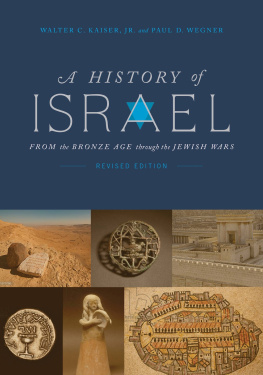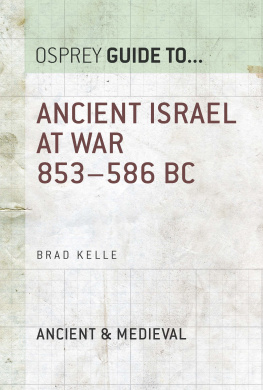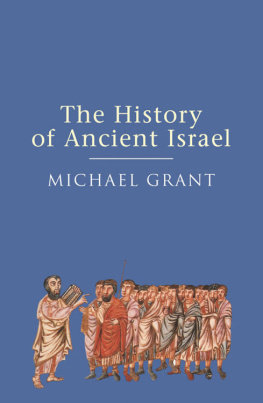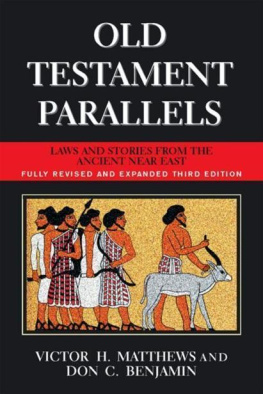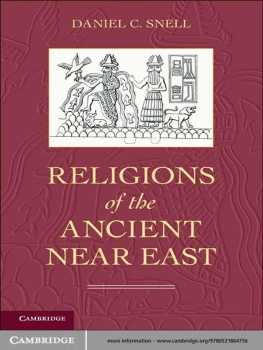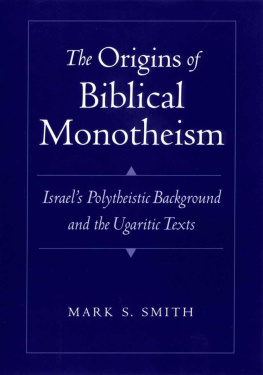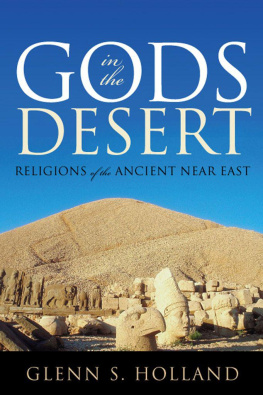THE ANCIENT
NEAR EAST
THE
ANCIENT
NEAR EAST
An
ESSENTIAL GUIDE
John L. McLaughlin

THE ANCIENT NEAR EAST
AN ESSENTIAL GUIDE
Copyright 2012 by John McLaughlin
All rights reserved.
No part of this work may be reproduced or transmitted in any form or by any means, electronic or mechanical, including photocopying and recording, or by any information storage or retrieval system, except as may be expressly permitted by the 1976 Copyright Act or in writing from the publisher. Requests for permission can be addressed to Permissions, The United Methodist Publishing House, P.O. Box 801, 201 Eighth Avenue South, Nashville, TN 37202-0801, or e-mailed to .
This book is printed on acid-free paper.
Library of Congress Cataloging-in-Publication Data
McLaughlin, John L.
The ancient Near East : an essential guide / John L. McLaughlin.
p. cm. (Essential guides)
Includes index.
ISBN 978-1-4267-5327-5 (pbk. : alk. paper) 1. Middle EastHistoryTo 622. I. Title.
DS62.2.M35 2012
939.4-dc23
2012033529
All Scripture quotations, unless noted otherwise, are taken from the New Revised Standard Version of the Bible, copyright 1989, Division of Christian Education of the National Council of the Churches of Christ in the United States of America. Used by permission. All rights reserved.
12 13 14 15 16 17 18 19 20 2110 9 8 7 6 5 4 3 2 1
PRINTED IN THE UNITED STATES OF AMERICA
Contents
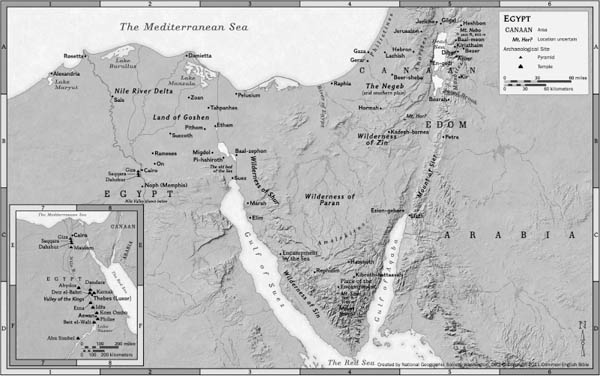
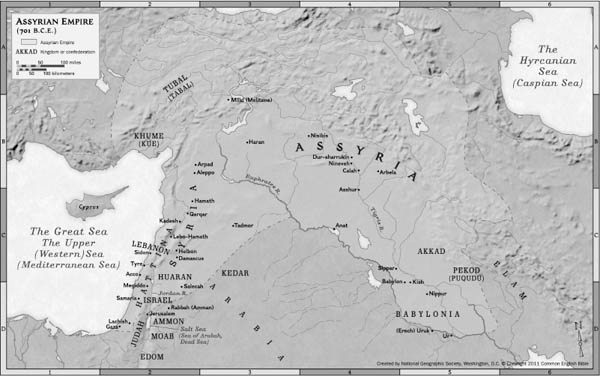
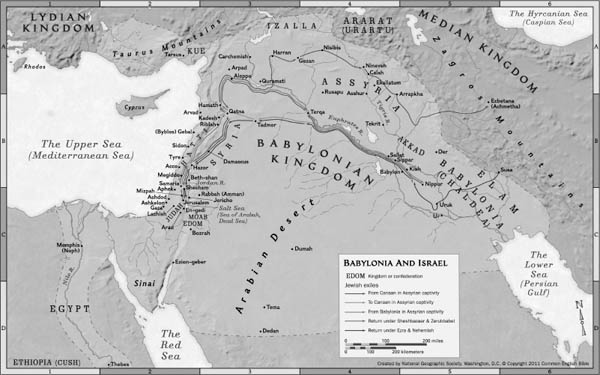

Introduction
Ancient Israel did not exist in a vacuum. Due to its geographical location between the Mediterranean Sea to the west and the Arabian desert to the east, it formed a land bridge between Egypt and Mesopotamia. Since the trade and military routes ran through Israel, for most of its existence Israel was under the influence, and more often the direct control, of one of those two major powers. This means that the history and literature of the ancient Near East not only provide the general background for understanding the history and literature of ancient Israel, but at times those countries influenced ancient Israel directly, sometimes through their literature, sometimes through their political interactions, and sometimes through both.
This volume examines various countries of the ancient Near East with a view to understanding ancient Israel better. Individual chapters deal with Mesopotamia, Egypt, Hatti (the Hittites), Persia, Greece, and Syro-Palestine. Each chapter outlines the history of the respective area, noting especially any direct interactions with ancient Israel, along with a discussion of relevant literature from the region that helps us understand the First Testament better. In some cases, especially for kingdoms that predate the emergence of Israel itself, this may be a matter of general parallels that illustrate how many aspects of the biblical literature were not unique to ancient Israel but rather part of a larger cultural perspective shared by Israel and its neighbors. Other times, a foreign text might clarify what to us, reading the biblical texts thousands of years later, is an obscure idea or practice but was more commonplace in the ancient world than we know. Finally, sometimes it is possible to demonstrate that individual biblical texts were directly dependent on outside sources, and that recognition provides a fuller understanding of the passage or book. By taking advantage of the insights provided by each of these three approaches to the extrabiblical literature and history, the reader will gain a deeper understanding of the history and literature of ancient Israel itself within its larger context, namely, the ancient Near East.
The way some things are expressed in this book may require an explanation. First, traditional terminology for the two main divisions of the Christian Bible is problematic and has implications for how one interprets both of those sections. Old Testament connotes antiquated, outdated, and even replaced for some. Hebrew Bible is popular in many circles, but designating the material by its (primary) language of composition is imprecise because it does not take into account those parts of Daniel and Ezra that were written in Aramaic or the extensive scholarly use of ancient versions in other languages, to say nothing of the second part of the Bible, which still tends to be called the New Testament. Hebrew Bible also does not incorporate the deuterocanonical books, some written exclusively in Greek, which Roman Catholics and Eastern Orthodox Christians consider scriptural but Protestants and Jews do not. Similarly, Jewish Bible/Scripture is inadequate for Christians in general, who consider that collection of books part of their Scriptures. As an uneasy compromise, then, I use the terms First Testament and Second Testament for the two main divisions of biblical literature.
Second, the abbreviations B.C.E. and, to a far lesser extent, C.E. are used. These stand for before the Common Era and Common Era. They cover the same period as B.C. (before Christ) and A.D. (anno Domini = the year of the Lord), but the first set of abbreviations are more commonly used by biblical scholars.
Third, I have handled the replication of ancient Semitic names differently than with individual words. What constitutes a single letter in Semitic languages sometimes requires two Roman letters to convey the equivalent sound, so scholars use a set of diacritical marks that can be added to Western letters to convey such sounds with a single letter as in the original language. Since doing so would make most of the multisyllable names encountered in the following chapters especially confusing for nonspecialists, I have opted to adapt the names to English forms as much as possible so that they will be both recognizable and pronounceable, albeit with difficulty for everyone in some of the more convoluted instances. With respect to the more infrequent citation of specific words, I have employed the full diacritical representation in the interest of precision of expression, but with the hope and expectation that the point being made can be understood by all readers.
Just as ancient Israel did not exist in a vacuum, neither does this book, and I wish to make two acknowledgments. First, those familiar with the field(s) will recognize my dependence on the work of others, both in general and in particular, on almost every page. Unfortunately, the nature of the Essential Guides Series combined with the limitations of space does not allow me to document that dependence through the extensive footnotes that would be required, but I gladly and openly acknowledge my scholarly debt to those who have gone before me. Second, Manda Vrkljan of the John M. Kelly Library at the University of St. Michaels College provided me with the written resources I needed to complete this book. She and her staff in the Kelly InfoExpress Service obtained and delivered articles and books from throughout the physically widespread University of Toronto library system, as well as by Inter-Library Loan from other institutions. Without her constant and cheerful efforts over many months, completing this volume would have been a much more onerous task.
Next page

